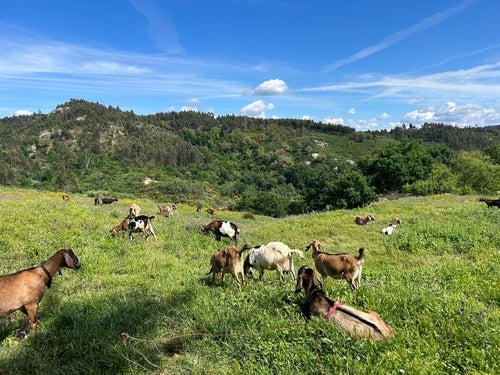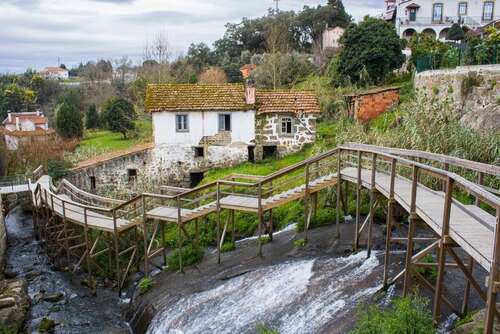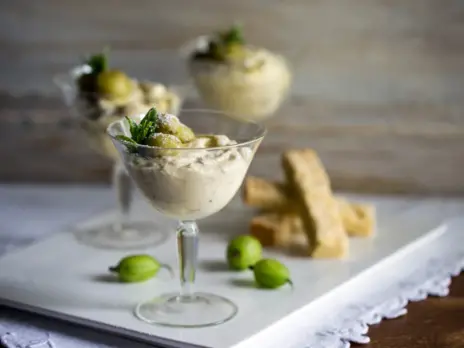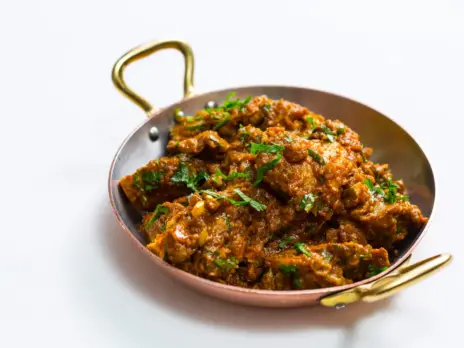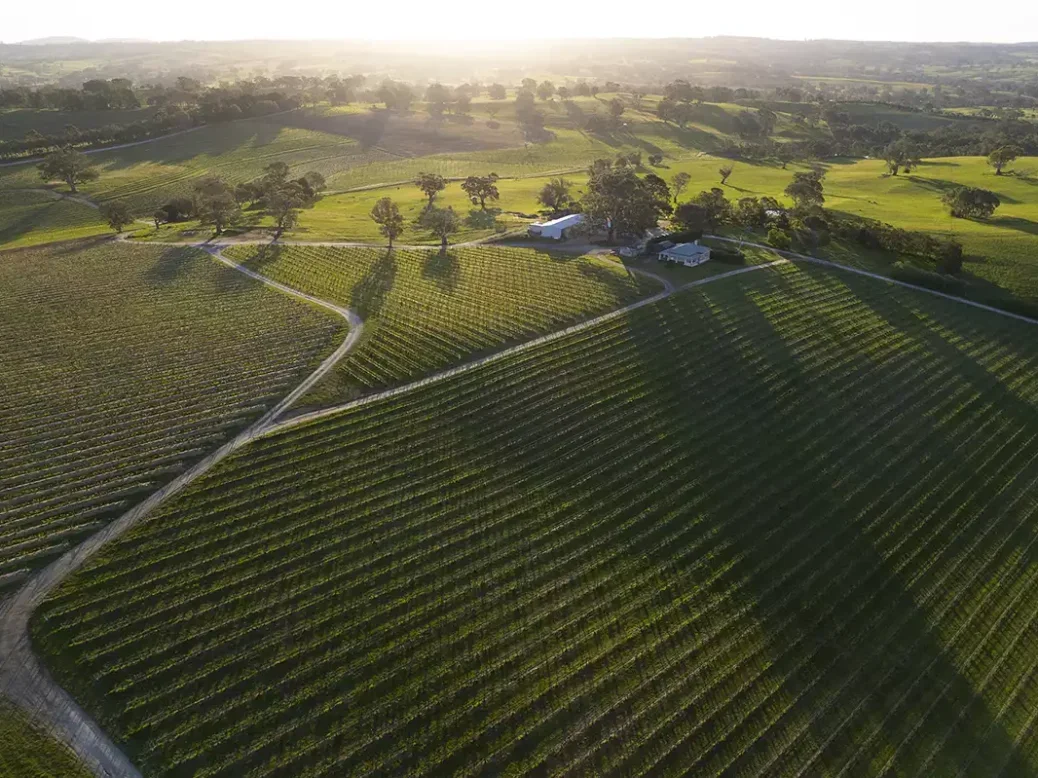
The Henschke family’s latest top releases live up to the intense hype surrounding the 2021 vintage, says Ken Gargett.
It all feels a little bit as if all the preliminaries are over and the main bout is beginning.
For many Australian winemakers and wine lovers, 2021 is one of the greatest vintages, if not the greatest, yet experienced across most of South Australia. The early clues came in the form of scintillating Riesling from the Eden and Clare valleys and was soon followed by an endless parade of wonderful wines, reds and whites, at every price point. Naturally, the vast majority has been and gone, much of it consumed. Anyone serious about Australian wine who does not have a range of cases from this great year in their cellar will come to regret it.
Finally, we come to the big guns. Like it or not, so much of the focus is still on wines like Penfolds Grange and Henschke’s Hill of Grace, that the reputation of a vintage can rise or fall on those wines alone. Needless to say, for a vintage like this, the hype for these wines is near deafening. Talking with a few fellow writers, the general consensus was that, although scoring can be a blight on assessing wines, if either of these wines is awarded many scores below 99 or 100 then the wine, while not necessarily a failure, will have fallen short of expectations. It might seem a rather heavy cross to bear, but it is one that Henschke and Penfolds have created for themselves.
Grange will be revealed later this year, though a fortunate few have sort of seen a preview, the fabulous 2021 Grange/La Chapelle blend—but that is another story.
Usually, we would not expect to see Hill of Grace and its brethren for another year, the Henschkes giving the wines five years before release. The minuscule and problematic vintages of 2019 and 2020, where they made hardly more than a few buckets of wines like Hill of Grace, have meant a market clamoring for an early release. The quality and approachability of 2021, as well as a return to a more standard quantity (something that the subsequent years have also provided), meant that the Henschkes felt comfortable in releasing after “only” four years. (Penfolds did the same with Grange not so long ago.) No final decision yet, but it is likely to stay this way in future.
For those wondering if they blinked and missed the 2020 Hill of Grace—no, you did not. 2020 was so small that the decision was made not to release it but rather to cellar it for the Museum and Rare program. The 2021 wines were released around the globe earlier this year, on May 7.

Tasting 2021 Henschke
Prices are A$ / GBP. All the wines are now under Stelvin closures. While the team was instrumental in promoting the use of Vinolok for its wines, the cost and environmental footprint of bringing the bottles and closures all the way from Europe, rather than using Aussie bottles, was too much.
It is also worth bearing in mind that these notes were taken very shortly after the wines were opened. It was notable that, in every instance, when given time—first, a couple of hours, and then over the next day or two—the wines opened up, becoming even more approachable, even more extraordinary. For me, this was most pronounced with the Cyril Henschke, but it applied to them all.
2021 Cyril Henschke Cabernet Sauvignon
(A$195/£150)
This is named for Stephen’s father, who was the fourth generation and instrumental in setting the direction for what was to come. He led the charge to single-vineyard, varietal wines—something not in fashion back in his day. It is a little ironic, perhaps, that of these prestige wines, this is the only one that is not a varietal, though in this vintage, the Cabernet Sauvignon is joined by just 1% Merlot. (The vineyard can provide Cab Franc and Merlot, in addition to the core Cabernet.) First made in 1978, this is the 42nd release, there being no 2011 or 2017.
One is immediately struck by the evocative nose, with its notes of chocolate, blackberries, tobacco leaves, aniseed, a hint of gum leaf, roast meats, black cherry, and just a touch of quality Cuban cigars (a mature Partagas Lusitania, if pushed, but that might be a tad specific). A firm and well-structured wine, with balance, punchy acidity, and slightly grippy tannins. Quite seamless; there is serious intensity, and the wine is still very young, perhaps a little too young. Leave it for two to three years before looking at this, and then drink over the following 10–15 years. Or give it as much time opened into a decanter as you can. Overnight would not be an issue. | 95
2021 The Wheelwright Shiraz
(A$160/£125)
A relative newcomer to the portfolio, this is just the seventh release of this Shiraz. It is from vines in excess of 50 years of age, from a vineyard in the cooler sector of the Mount Lofty Ranges in the Eden Valley, which sits at around 1,640ft (500m) above sea level (Mt Edelstone and Hill of Grace are both at around 1,310ft [400m]).
This wine has such an exciting nose, with a mix of red fruits, but it is also redolent of black-cherry pie. There is early complexity here, and it seems not unlike drinking silk. Such projection, finesse, and immaculate balance. As the wine opens up, we see more notes of mocha, delicatessen meats, bay leaves, woodsmoke, cassis, and licorice. As with all these wines, the oak is so deftly handled that it is almost transparent. With the sleekest of tannins here, this is a wine that lingers with intent. Complete—there is not so much as a hiccup. Twenty years, if you must, easy. | 97
2021 Mount Edelstone Shiraz
(A$275/£175)
One of Australia’s most famous wines, this too often falls under the shadow of Hill of Grace, notwithstanding that it has been around for even longer. The vineyard was planted in 1912 by Ronald Angas, descended from George Fife Angas, one of the founders of South Australia. This is the 69th release, having been first bottled in 1952. (There was no 2011.)
The Henschkes see this wine as their “most typical Eden Valley style.” It is the generosity of this wine that makes the most striking impression. Plush, approachable, ripe; just sheer class. There are aromas of aniseed, sage, bay leaves, chocolate, black fruits, soy, cloves, and beef stock. The palate sees more strawberry notes emerge. Seamless, with a nice line of fresh acidity and a lingering finish; it is the seductive creamy texture that stands out. This is a wine vibrating with promise, walking the tightrope between finesse and power. Time in the glass saw the perfumes really explode forth. Can do 20–30 years standing on its head. | 98
2021 Hill of Roses Shiraz
(A$485/£350)
While this is a rare wine, and always excellent, I’ll confess to wondering if it deserved its rather elevated price tag in some vintages. Not this time. The best Hill of Roses I have seen. A stunning wine, which got better and better with time open. Plantings are from the Post Office Block, part of the Hill of Grace vineyard and a mass selection from 1989; this is where the grapes that hope, one day, to be included in Hill of Grace grow. There has always been a familial link, the vineyard’s DNA if you prefer, but for me, it has never been as clearly chiseled as it is here. This is the wildly exuberant teenager; Hill of Grace is the adult. The first vintage released was 2001; no 2003, 2011, 2014, 2019, or 2020 was made.
The nose simply explodes from the glass: cassis, cocoa powder, mocha, graphite, mulberries, and beef stock. The balance is so exemplary that one does not even notice it. Seamless and elegant; the tannins here are delicate silk. An astonishing wine of great length that will provide pleasure for the best part of three decades. | 99
2021 Hill of Grace Shiraz
(A$1,000/£675)
The 60th release of this famous wine—many years down the track, expect this to sit among the greatest the vineyard has given us. This famous old vineyard in Eden Valley, next to the wonderful and scenic Lutheran church, was planted around 1860, with pre-phylloxera material brought out by a family ancestor, Nicolaus Stanitzki. The first vintage was 1958. It was not made in 1960, 1974, 2000, or 2011.
If the pass mark is a perfect or near-perfect score, this walks it in. There is some of that exuberance we saw in the Hill of Roses, but this is more serious; more intense, concentrated, and complex. We have tobacco leaves, cassis (one note I made was that it was like an alcoholic cassis smoothie), sage, black fruits, dried herbs, aniseed, and a touch of forest floor. Knife-edge balance, incredible length, that creamy and seductive texture, silk tannins—this is an amazing wine that more than lives up to the hype. Well-cellared examples should provide immense pleasure over the next 40–50 years. | 100


